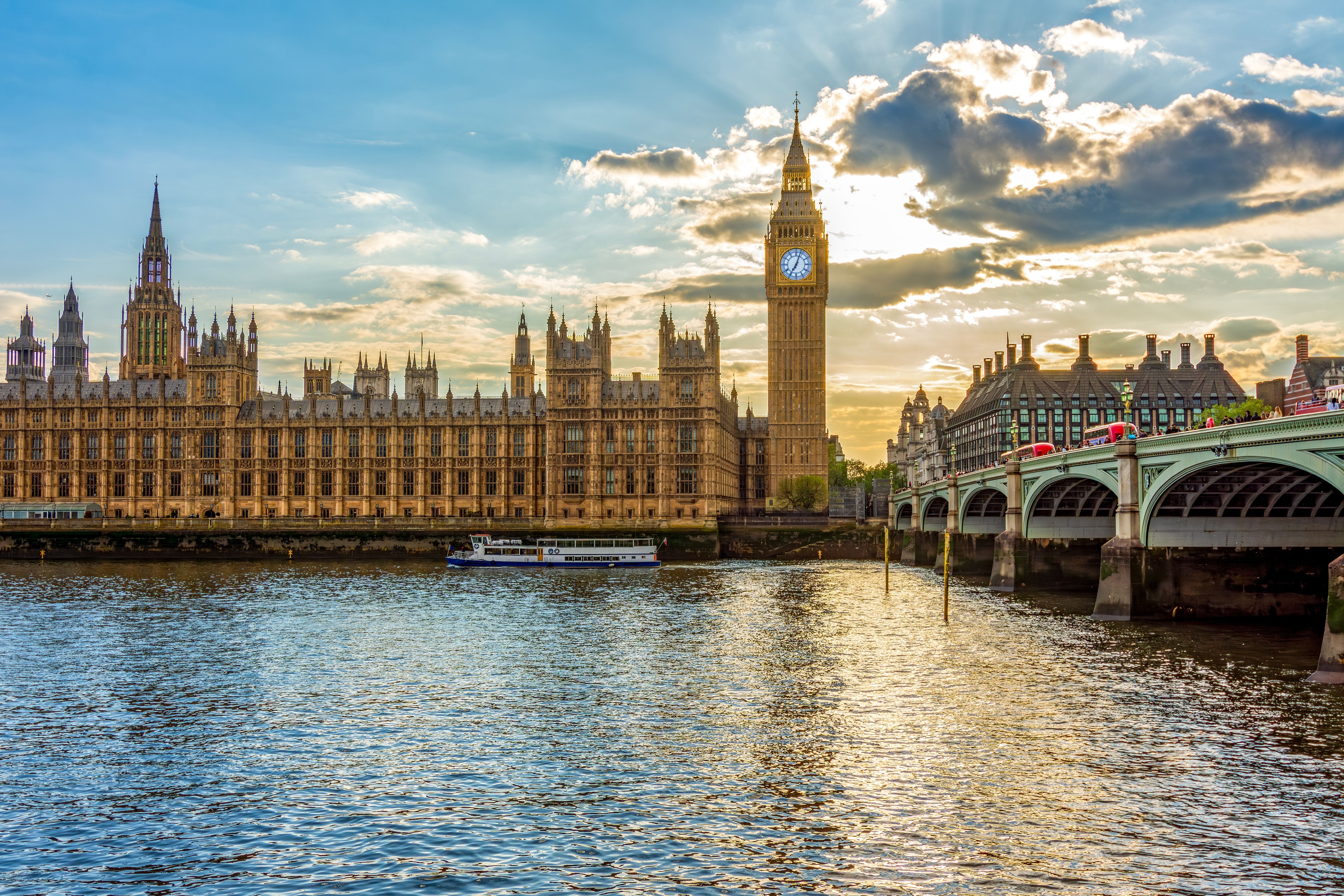News
Employers urged to prepare staff for upcoming changes to Inheritance Tax on pensions that could trigger an 87% tax charge
20th October 2025

Employers are being urged to prepare for and proactively support employees with significant changes to the way pensions are to be treated under Inheritance Tax (IHT).
Currently, when someone dies, the first £325,000 of their estate is tax-free under the Nil Rate Band (NRB). If they leave their home to direct descendants (like children or grandchildren), they may also benefit from an extra £175,000 tax-free allowance called the Residence Nil Rate Band (RNRB). However, for estates worth more than £2 million, the RNRB is gradually reduced and can be lost entirely.
From 6 April 2027, unused defined contribution (DC) pensions will be included in an individual’s estate for IHT purposes. This means that if someone dies with pension savings still in place, those funds could be taxed at 40%, just like other assets such as property or investments. For families with large estates, especially where the RNRB is tapered away, this change could result in a combined tax burden of up to 87% on unspent pension savings.
Employers need to take action now in anticipation of the increased need to provide pensions and retirement support for employees.
Key changes to IHT on pensions
Unused pension funds to be taxed - From April 2027, any unused pension funds will be included in the value of an individual’s estate for IHT purposes.
Responsibility shift - personal representatives (those managing the deceased’s estate) will be responsible for declaring and paying any IHT due, rather than pension scheme providers.
Provider support - Pension providers must still supply relevant information to assist with IHT reporting.
Exemptions - Certain benefits remain exempt, including lump sum death-in-service benefits, joint annuities, dependants’ pensions and charity lump sums.
Tax breakdown
For estates that have already used their nil-rate bands, the pension pot will be taxed at 40% IHT. Additionally, if the deceased was over 75, beneficiaries will also pay income tax on withdrawals at their marginal income tax rate. This combination can result in an effective tax rate of up to 67%. See table below:

A worst-case scenario – an 87% charge
In cases where the pension pot pushes the estate value above £2 million, the Residence Nil Rate Band (RNRB) is tapered and potentially lost. This could result in an additional IHT charge of £70,000, bringing the total tax on a £350,000 pension pot to £304,500 - an effective rate of 87%*.
Impact on employees and employers
The Government estimates around 10,500 additional estates each year will be impacted.
Jonathan Watts-Lay, Director, WEALTH at work comments; “The introduction of IHT on pensions could result in substantial tax charges for some. Those most likely to be affected are individuals with larger pension pots, especially if those savings were intended to be passed on to family.”
He adds; “Rising living costs, longer retirements, and care expenses could mean that many pensions are used up during retirement, so it won’t be an issue for all. However, for those with additional savings beyond their pension, a shift in thinking and strategy could be beneficial. From an IHT perspective, it could now be better to spend pension savings first and preserve other assets for later on. This is the opposite approach to what has previously been the case. That said, people will need to review their individual circumstances. As a result, employees may seek guidance and advice on how these changes affect their retirement and estate planning, meaning that financial education, guidance and advice around pensions and tax implications will become increasingly important.”
Next steps for employers
Although the rules are still in draft form, employers are encouraged to:
- Stay informed and monitor legislative updates.
- Encourage staff to review pension nominations and estate plans.
- Work with pension scheme providers and retirement specialists to ensure employees receive appropriate support.
Watts-Lay comments; “These changes represent a significant shift in how pensions are treated for tax purposes. Employers play a vital role in helping employees understand the implications and take action to protect their financial future. For now, the focus should remain on helping employees make the most of their pensions and lifetime savings for retirement. As we approach 2027, employers will need to ensure they have the support in place to help employees understand how they can minimise tax liabilities due to the changes to IHT. Financial education and guidance in the workplace can help employees review their situation. Many employers also provide employees with access to regulated financial advice. This can help those who need it take the appropriate steps to reduce IHT by adjusting how they draw their pension or using other tax-efficient strategies. Putting in place robust processes is key to improving retirement outcomes for all.”
*Example of an 87% charge
The following example presumes the individual was over the age of 75 upon death
Estate
- Home worth at least £175,000, left to direct descendants
- Other assets: £1.825 million
- Total estate excluding the pension pot: £2 million
- Unspent DC pension pot: £350,000
The inclusion of the unspent DC pension pot increases the total estate value above £2 million, causing the RNRB to be tapered by £1 for every £2 above the threshold. As a result, the entire RNRB (£175,000) is lost.
Impact of RNRB Loss
- The full loss of the RNRB triggers an additional IHT liability on the estate.
IHT Calculation on Pension Fund
- Pension fund subject to IHT: £350,000
- IHT at 40%: £350,000 × 40% = £140,000
- Net pension fund after IHT: £350,000 - £140,000 = £210,000
Income Tax on Pension Fund
- Income tax at 45% (additional rate beneficiary): £210,000 × 45% = £94,500
- Net pension fund after income tax: £210,000 - £94,500 = £115,500
Total Tax on Pension Fund
- IHT: £140,000
- Income tax: £94,500
- Combined tax: £140,000 + £94,500 = £234,500
Tax Charge Created by the Loss of the RNRB
The inclusion of the unspent DC pension pot in the estate results in the full loss of the RNRB. This means that the £175,000 that would have been covered by the RNRB is now subject to IHT at 40%:
Additional IHT charge due to RNRB loss: £175,000 × 40% = £70,000
Final Total Tax Burden
- Combined tax (IHT + income tax): £234,500
- Additional IHT charge due to RNRB loss: £70,000
- Total tax: £304,500
Final Effective Tax Rate
£304,500 ÷ £350,000 = 87.0%



